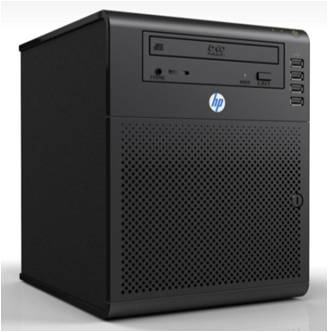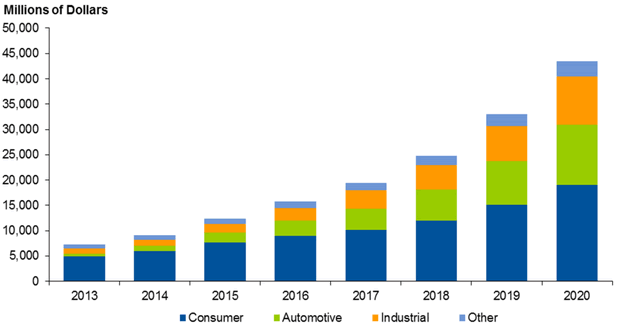 Cooperation between mobile firm HTC and Google is giving the Taiwanese firm a boost.
Cooperation between mobile firm HTC and Google is giving the Taiwanese firm a boost.
According to the Taipei Times, orders for the Nexus 9 tablet have exceeded expectations and that means HTC has ramped up its production facilities.
HTC mobile phones are considered to be some of the most stylish smartphones on the market, but a lack of marketing budget has seen the firm struggling to compete with the majors in the market.
HTC doesn’t really play in the tablet market on its own and the report suggests it is taking a cautious view on revenues in the sector before it launches products it no doubt has, waiting on the sidelines.
Earlier this week HTC released figures for October 2014 showing unaudited revenues of NT$15.8 billion. Companies listed on the Taiwanese bourse report monthly rather than quarterly figures.




















